Mid-summer Musings

By Linda Martinson
Following up with salamanders: I’ve tried a few times, but I haven’t been able to find any salamanders in the evening to train my blue light flashlight on them to see their psychedelic colors. I checked with a bonafide biologist who (even better) was a camp counselor for a few summers at Camp Kanuga. She described gathering some campers and fishing around in shallow marshy pond areas with their hands and pulling out salamanders to examine with regular flashlights. Hmm…I was hoping for something a little different. Maybe less fishing around with my hands in marshy areas at night and more watching them crawl out voluntarily while I shine my blue light flashlight on them. I’ll keep you posted.
We have, however, seen twelve red efts so far this summer! Red efts are eastern red-spotted newts, a common salamander in our area, in the juvenile stage of their lives during which they have lungs. They don’t need to live in water, and they disperse terrestrially in all directions. These newts hatch with gills and no lungs in the water and, in the final adult stage of their lives, they return to the water again to mate and lay eggs. As adults, they become thin-skinned, dull colored and lungless salamanders again that have to remain moist and concentrate on reproduction. Hopefully, they have some fleeting memories of their five to seven years as bright red, completely terrestrial, lunged and thick-skinned, toxic and cocky juvenile red efts.
LM photos
One of the brightest comets in decades has been visible for a few weeks in the pre-dawn sky, and will be visible for a few more weeks in the northwestern sky just after sunset. It has been named NEOWISE. Here is a photograph of it from the International Space Station, “arcing slowly upward beneath the stars of the Big Dipper”. (Dan Falk, National Geographic). The comet is the third brightest object in the night sky, when it is visible, after Jupiter and Saturn.
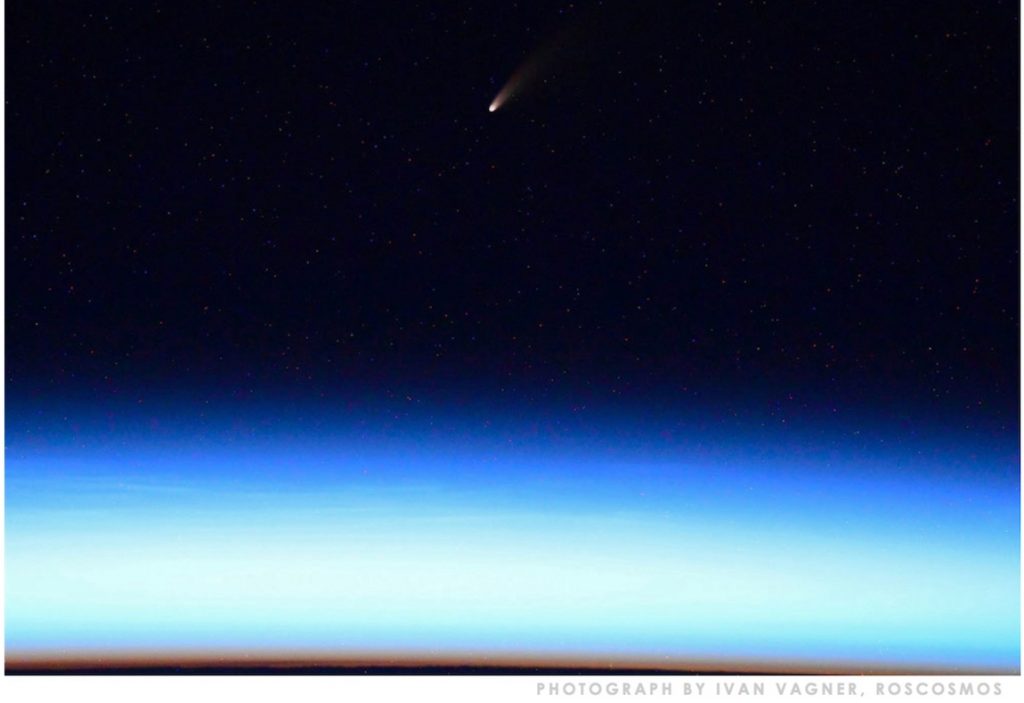
This photograph of the comet was taken by Ivan Vagner, a Russian member of the crew of the International Space Station (ISS). He and another Russian, Anatoly Ivanishin, joined the American Commander Chris Cassidy (who has been in space 230+ days) on the ISS on April 9, 2020. NASA astronauts Robert Behnken and Douglas Hurley joined them on May 30, 2020.

It has been a great year for sourwood blossoms here in Transylvania County, a very rainy corner of the Blue Ridge Mountains. Sourwood trees are inconsistent bloomers; they need enough rainfall and just the right temperatures, and we had the perfect combination this year! Also, sourwood trees only bloom for about three weeks, in July at our elevation, so we don’t always have good blooming years. Sourwood trees (Oxydendrum arboreum) are native to eastern North America and mostly found in the Southern Appalachian Mountains. We have two big sourwood trees behind our house, and the bees and hummingbirds are all quite happy with the bounty of blossoms this year.
LM photos
Sourwood blossoms produce abundant nectar, and sourwood honey is so distinctive and yummy, that beekeepers usually harvest it separately instead of mixing it with honey from other plants and trees (producing, for example, “wildflower honey”) and it often wins worldwide honey contests. Sourwood honey is a light amber-colored colored honey with a uniquely aromatic floral flavor often described as a soft anise and spice flavor. The aroma of sourwood honey is special, too, described as a combination of cinnamon, cloves and anise. Sourwood honey has a smooth flowing texture and it rarely crystallizes unless it has been stored for a long time. The best sourwood honey—actually the best of any kind of honey—is raw and unprocessed. The pollen and propolis secreted by honeybees, and preserved in unprocessed raw honey, apparently slowly produce some antioxidant, antibacterial, and anti-inflammatory benefits during storage, and sourwood honey is allegedly the most beneficial.
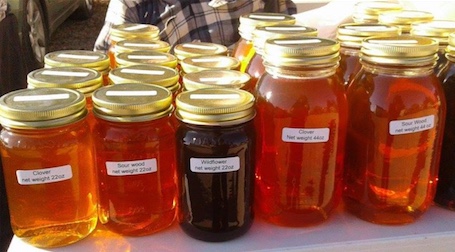
We also had a “big bloom” of rosebay rhododendrons this summer. They are most common rhododendron in Western North Caroline usually bearing lovely clumps of white flowers from July into August. No one seems to know why, but not every rosebay rhododendron blooms every year and some years the blossoms are inexplicably rather sparse. “Big blooms,” when most rosebay rhododendrons do bear flowers, occur every 2-4 years. During this pandemic summer we seemed to have an even bigger “big bloom”, and the rhododendron blossoms have been particularly prolific and lovely.
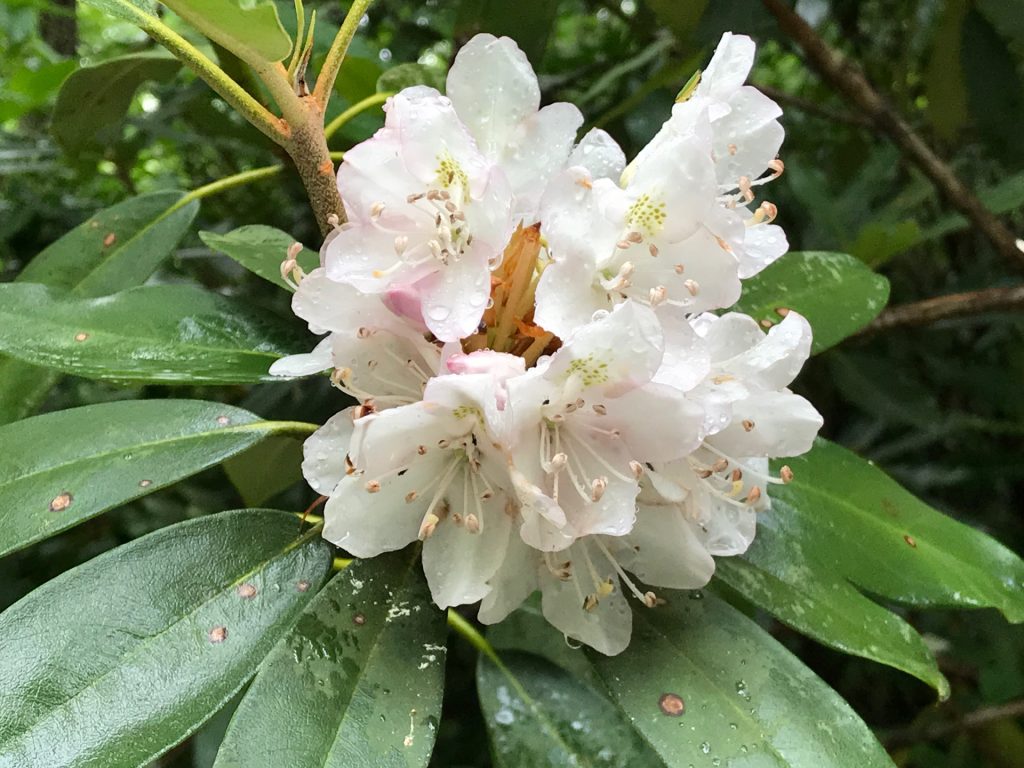
LM Photos 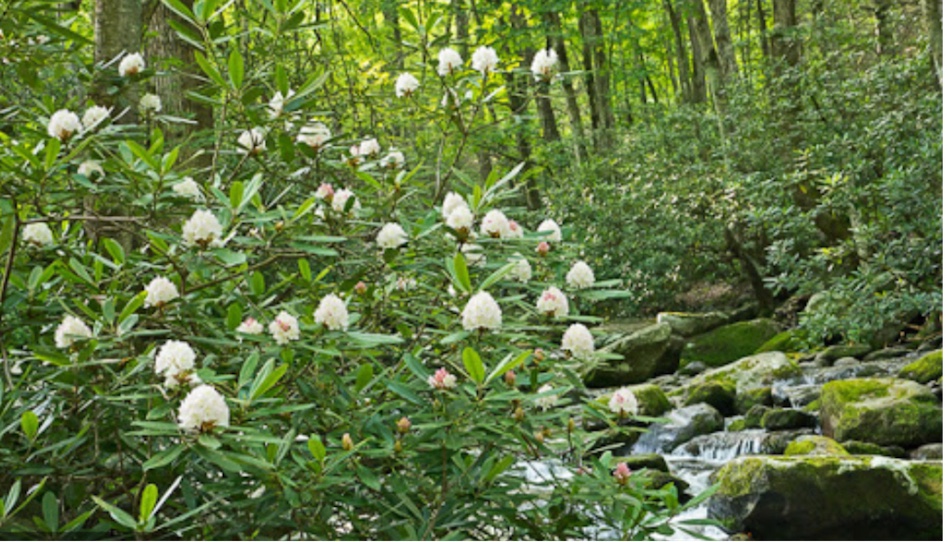
William Britten photography
And here is a book recommendation to pass the time in quarantine: I Contain Multitudes, The Microbes Within Us and a Grander View of Life by Ed Yong. Reading it may make you feel kind of occupied or crowded because each of us contains 40+ trillion microbes, but it could also give you some confidence that our resident microbes are taking care of us.

Here’s a quote from a NY Times review of the book:
“Dear reader, as you read these words, trillions of microbes and quadrillions of viruses are multiplying on your face, your hands and down there in the darkness of your gut. With every breath you take, with every move you make, you are sending bacteria into the air at the rate of about 37 million per hour — your invisible aura, your personal microbial cloud. With every gram of food you eat, you swallow about a million microbes more.”
The latest estimates are that about half of our cells are not human and the other half of “us” is trillions of microbes that have migrated into our bodies. Microbes are micro-organisms, so small we can’t see them without a microscope, and include bacteria, viruses, fungi and parasites. For example, about 8 percent of the human genome is made up of about 100,000 pieces of viral DNA. As Ed Yong wrote about our microbiota in his introduction: “When we eat, so do they. When we travel, they come along. When we die, they consume us.” We can’t live without them; they help us by producing oxygen; providing nutrients for plants; and decomposing organic material, but some microbes can cause serious problems like the coronavirus that we are grappling with now.
So, these are some suggestions to help pass the rest of this pandemic summer. Watch for red efts. They are safe to pick up and to carry safely to the other side of the road, for example, but toxic to eat. Sign up for updates and photographs from the International Space Station at spaceref.com. Stock up on local sourwood honey — it’s a good year for it and you can keep some for Christmas presents. Pick some rhododendron blossoms to brighten up your house, but you better hurry with that…the season is almost over. And finally, pass some quality time on the porch reading Ed Yong’s book. Most important, be safe!
References: NY Times and Yale Scientific Magazine book reviews of Ed Hong’s book; NY Times and spaceref.com for information of NEOWISE; ashevillebeecharmer.com; nps.gov for blooming shrubs in WNC; and last month’s newsletter for salamander references
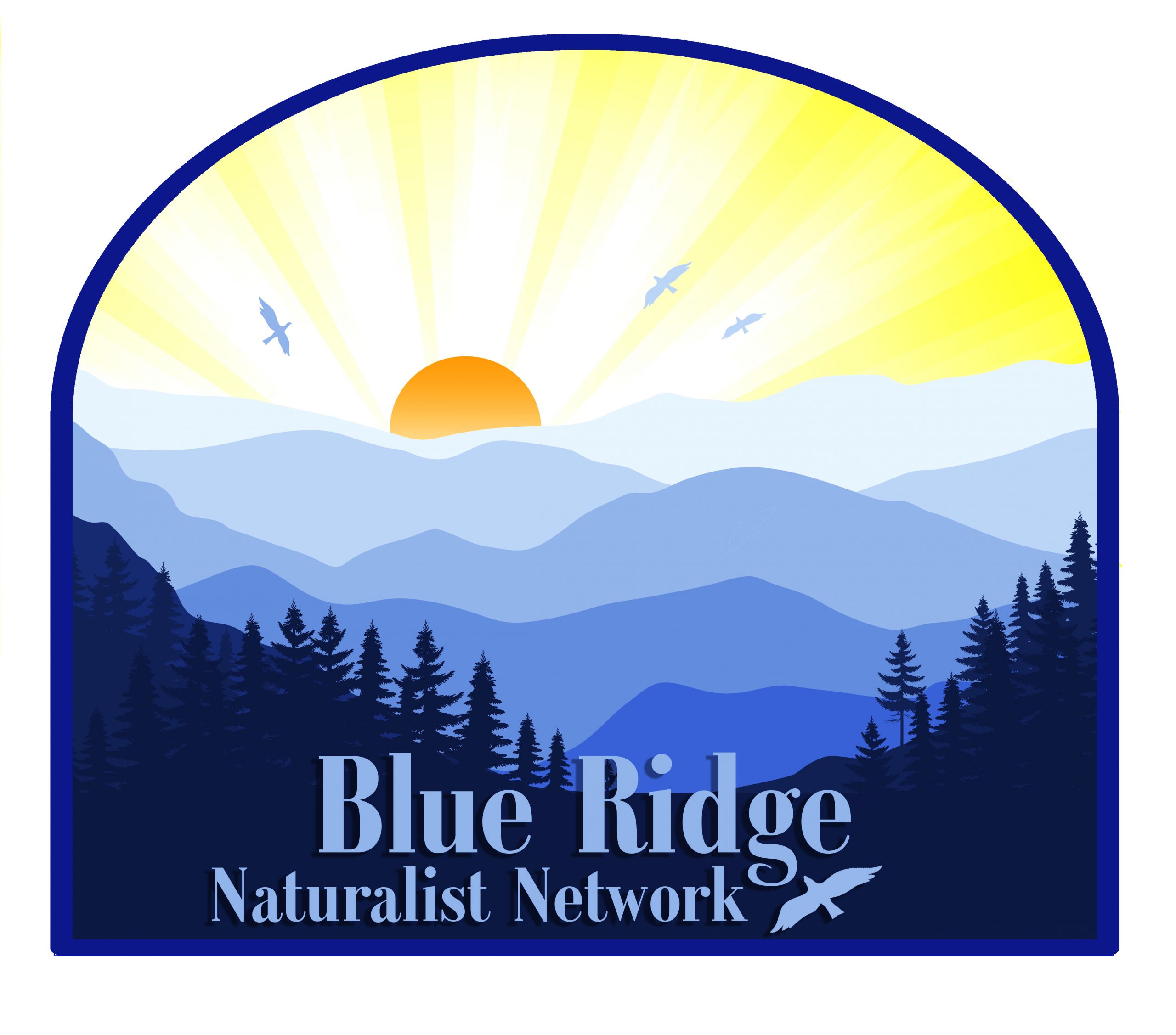
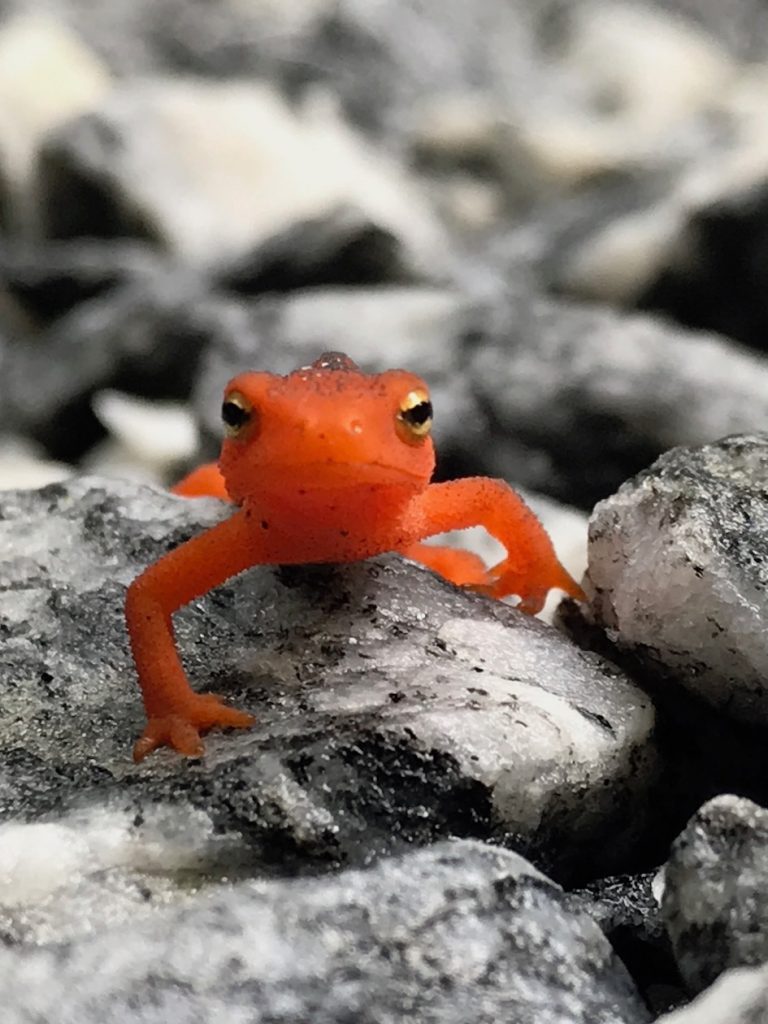
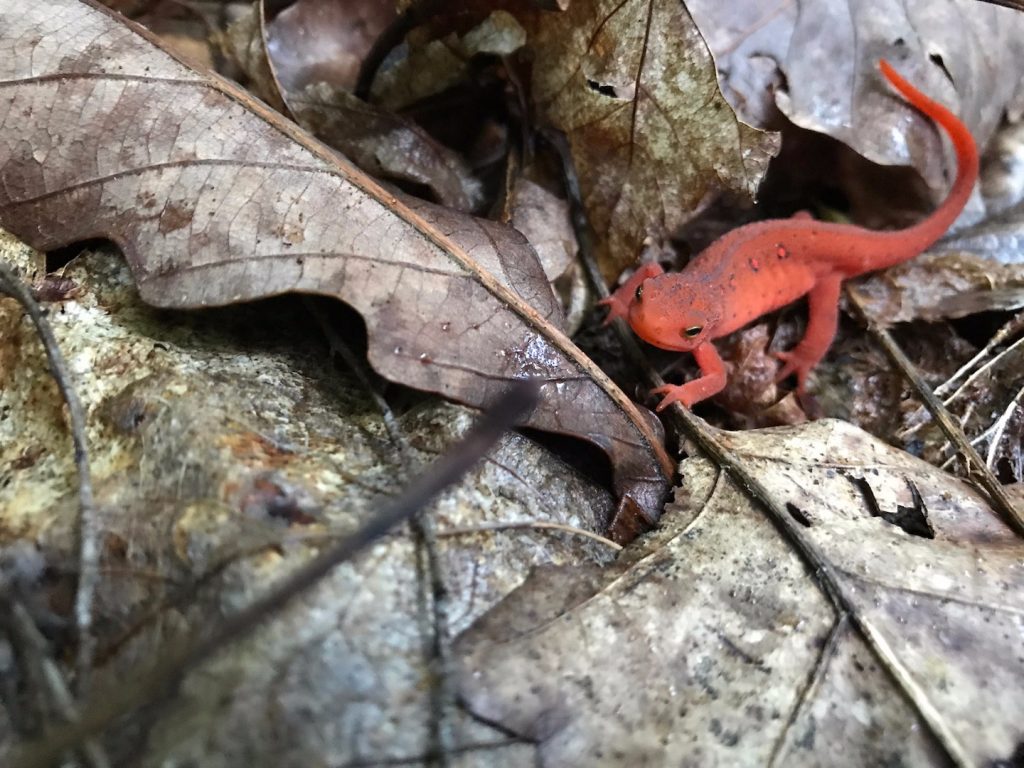
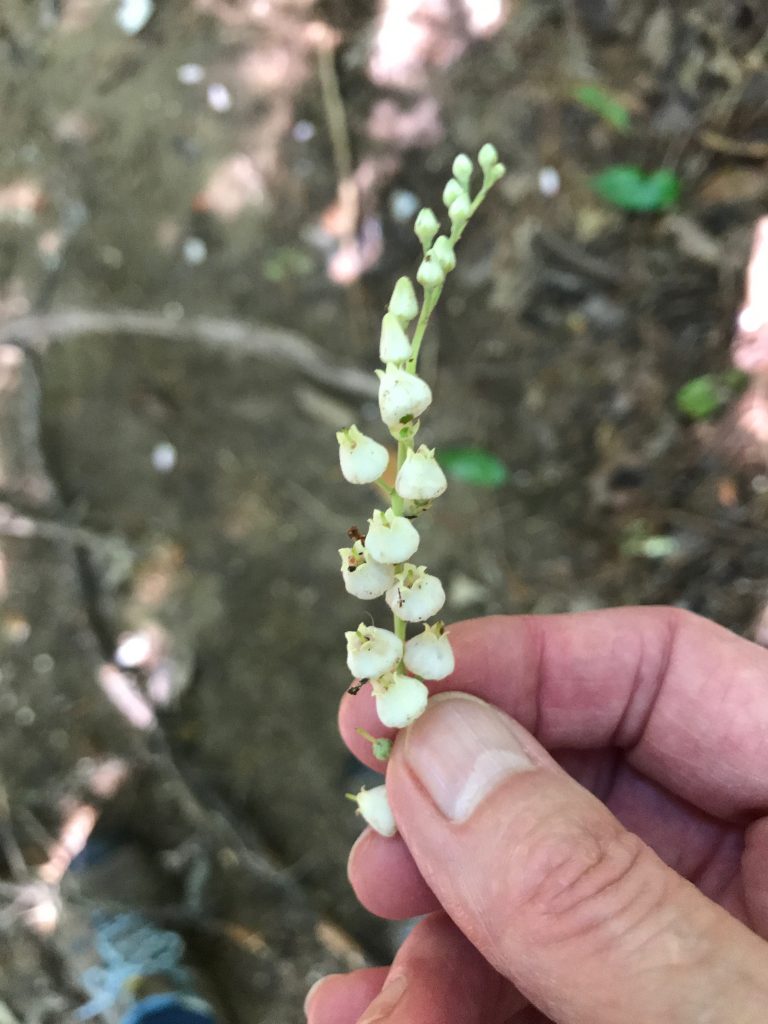
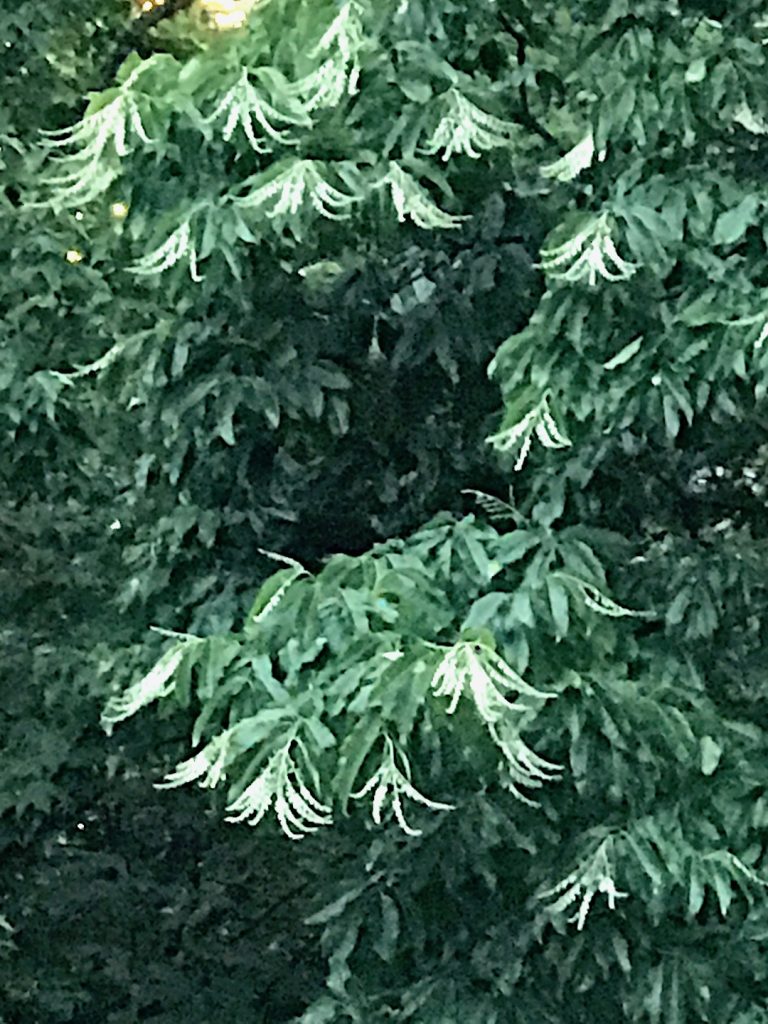
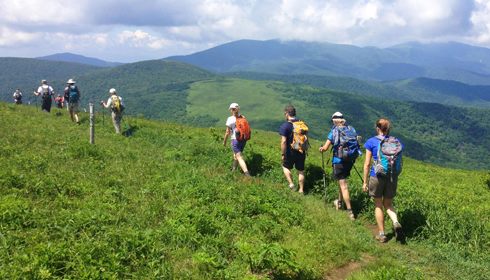



44 comments